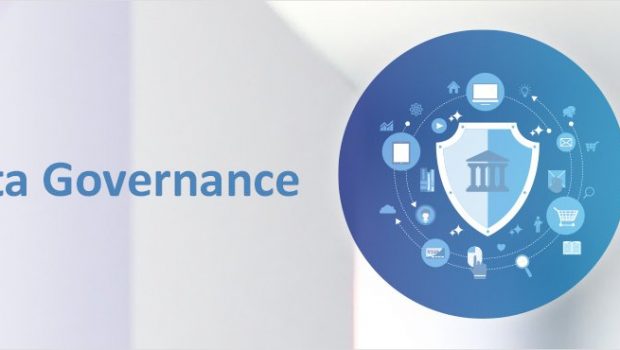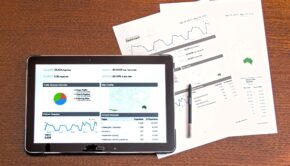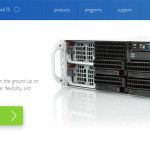Why Governance Matters More Than Ever with Self-Service BI
Microsoft’s Power BI has made leaps and bounds in the advancement of self-service business intelligence. Their unique collection of software services allows business owners the ability to create visualizations of multiple data sources and gain insights they probably would have missed otherwise.
The dashboards are easily shareable with colleagues and employees. And it can be connected to a plethora of third-party services like Excel, Google Analytics, Azure SQL Database, and Spark to name a few.
While self-service BI has become popular in recent years in favor of more traditional, albeit slower and more of a burden on IT, business intelligence, it still has its disadvantages. One being that it is self-service. Offering the belief that BI can completely be handled without governance,
Which will only lead to disaster and tragedy? Keep reading to discover why your Power BI strategy needs a governance strategy.
Traditional vs Self-Service: A Quick Recap
Self-service BI is a recent development in business intelligence. And as with any change, there are supporters for both the traditional and the self-service BI. Each, however, isn’t without their disadvantages as well.
Traditional BI
One of the biggest problems with traditional BI is the need for tools no one but IT gurus and data scientists could use. It left the generation of reports, gaining insights, and the sharing of visualizations at the mercy of the IT department.
This led to long wait times for reports and visualizations, and sales teams and business owners reading reports that they don’t understand. Some of speculated this has led to the downfall of traditional BI.
Self-Service BI
Self-service BI significantly lowers the wait times for reports and analysis of insights gained. Self-service BI systems like Microsoft’s Power BI can be integrated with a plethora of other third-party apps.
This is great for importing all data sources into Power BI, allowing you to be able to create dashboards and visualizations of the data for analysis. You also have the ability to analyze not who your customers are but what they’ve bought, when, and from where (store location, or from where in the world they placed their online order.
There are a few disadvantages to Self-service BI, though. For example, introducing Power BI into a large corporation without a Power BI governance strategy will most likely result in disaster.
Self-Service BI Governance
Governance is a set of best practices for defining and managing strategies for people, processes, and technologies to ensure efficient and secure usage and delivery of Power BI. There are three approaches to delivery:
- Business-Led Self-Service BI (the company handles all aspects of BI solutions)
- IT-Managed Self-Service BI (the company creates dashboards and reports, while IT owns the semantic layer)
- Corporate-Led Self-Service BI (II handle all aspects of BI solutions)
Regardless of the mode of delivery, governance should be in place to ensure best practices are being used. The Power BI governance will vary depending upon the delivery approach chosen.
Business-Led Self-Service BI System Governance
In business-led self-service governance, users won’t be using validated or compliant sources. This means Azure Data Catalog may or may not be present as part of the environment. Because of this, it is important to find another way to implement governance using other measurable requirements.
For business-led self-service BI governance you’ll want to pay particular attention to the location chosen for storing Power Bi assets, choice of data import or direct connectivity, the file size of data imports, and reducing duplicate datasets.
IT-Managed Self-Service BI System Governance
If the data sources being used are verified by IT, then IT owns the semantic layer. With IT owning the semantic layer and providing verified sources, then the sources will be cataloged and discoverable via Azure Data Catalog.
IT departments can also provide Power BI content packs. These content packs distribute datasets, reports, and dashboards to a group of users.
Corporate-Led Self-Service BI System Governance
This is just another way of saying traditional BI. IT owns and governs all aspects of the Power BI system. This is where bog downs in report availability and dashboard sharing happen.
BI Governance and You
Regardless of the method of deployment when it comes to business intelligence governance matters. Power BI is an IT-led Self-Service BI system where IT owns the semantic layer.
Governance is a way to provide a set of best practices for the effective use of Power BI. While governance will change depending upon the delivery method, companies should be interchanging delivery methods based on the individual solution.
Get your company’s data analysis and management under control and employ a governance strategy for your Power BI today!

















